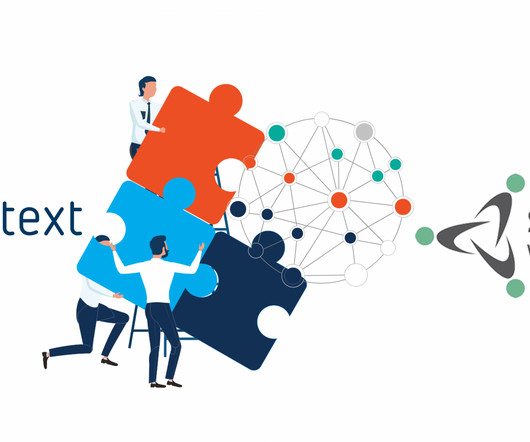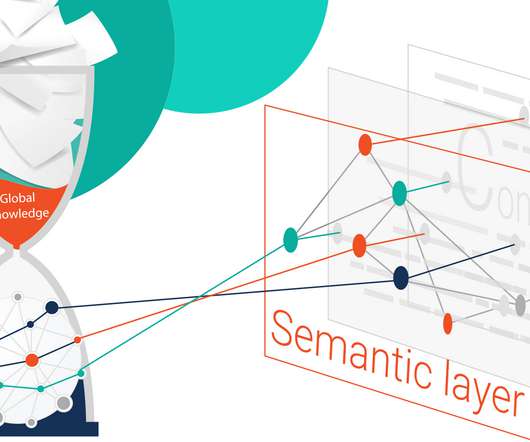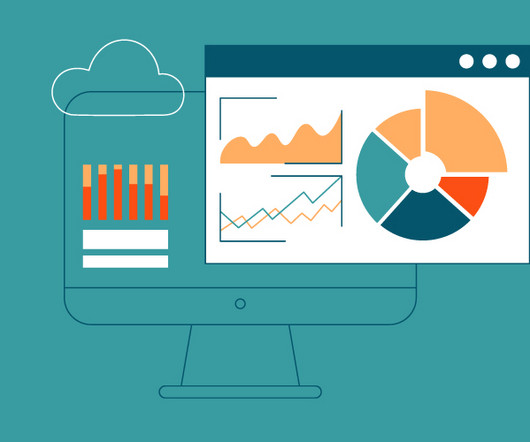You Cannot Get to the Moon on a Bike!
Ontotext
JANUARY 10, 2024
And each of these gains requires data integration across business lines and divisions. Limiting growth by (data integration) complexity Most operational IT systems in an enterprise have been developed to serve a single business function and they use the simplest possible model for this. We call this the Bad Data Tax.














Let's personalize your content